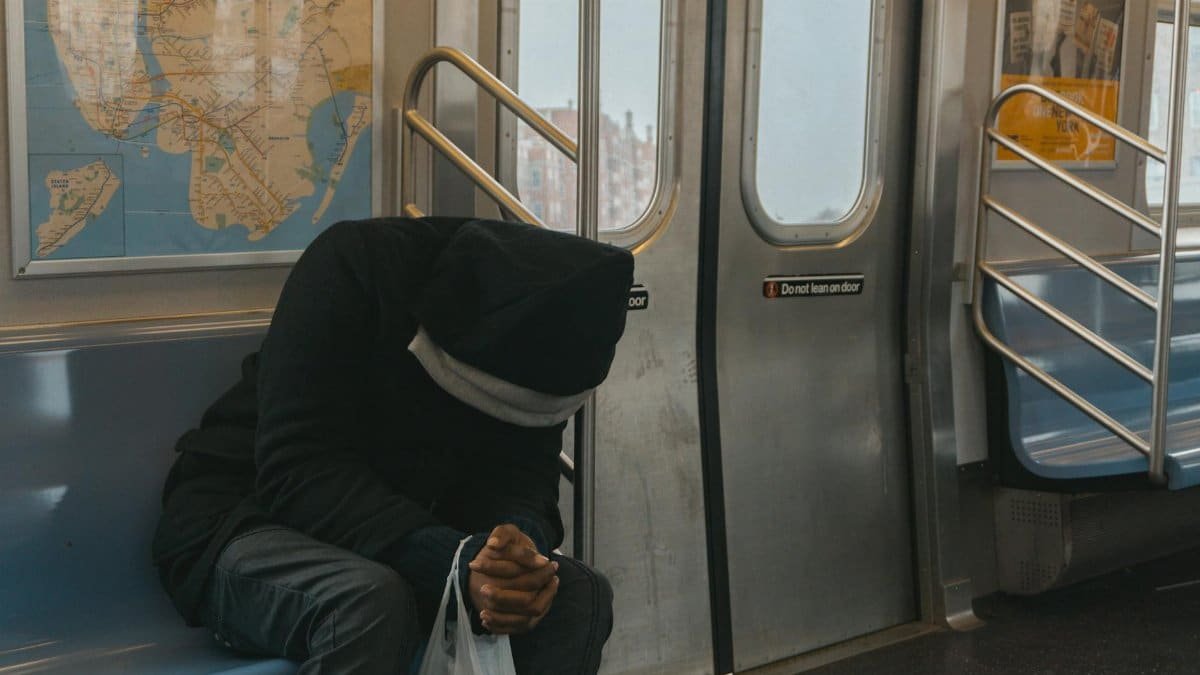New data shows 40% of New Yorkers report chronic stress levels that disrupt daily life, according to a recent survey by the American Psychological Association. But a growing number are turning to sound relaxation healing as a lifeline. This practice, involving soothing sounds like gongs, chimes, and ambient tones, promises to melt away tension without pills or therapy sessions. In a city that never sleeps, it’s gaining traction among overworked professionals and harried parents alike. Experts say it’s not just hype; science backs its calming effects on the nervous system.
What Is Sound Relaxation Healing?
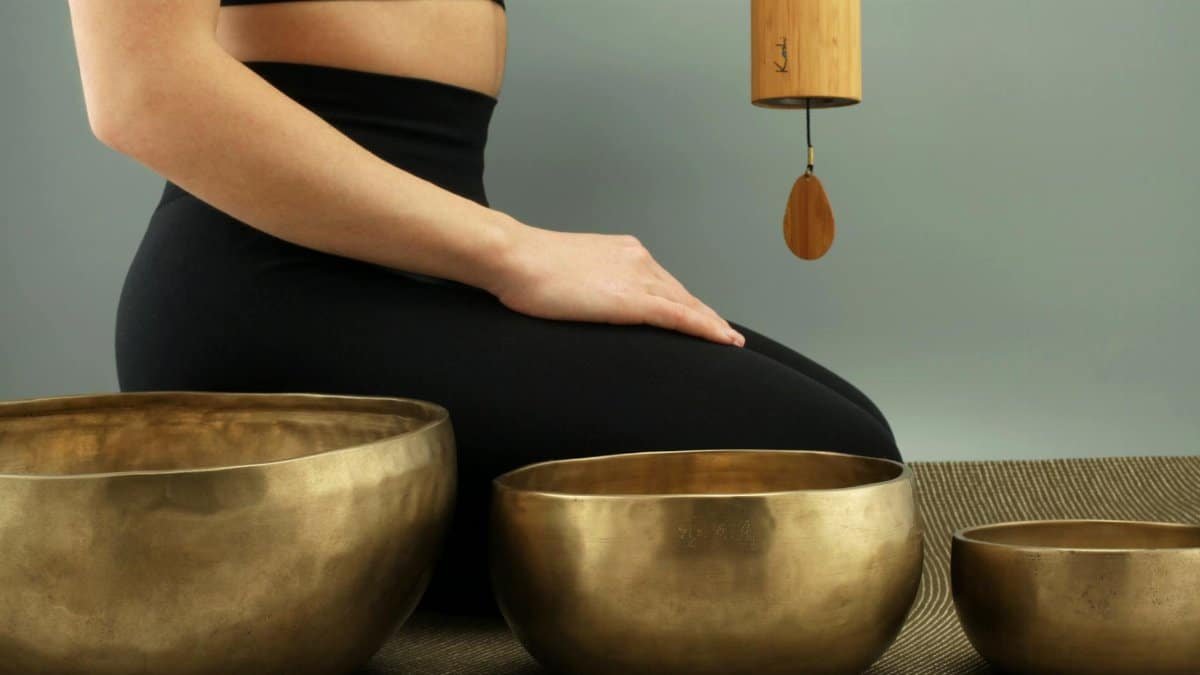
Sound relaxation healing uses vibrations from instruments or recordings to promote deep relaxation. Think Tibetan singing bowls or binaural beats played through headphones. Practitioners claim it resets the body’s stress response, leading to better sleep and focus. In New York, where noise pollution is a constant, this method flips the script by harnessing sound for good. A study from the University of California found that participants exposed to healing sounds showed reduced cortisol levels after just 20 minutes. It’s simple, accessible, and doesn’t require fancy equipment.
The Science Behind the Soothe
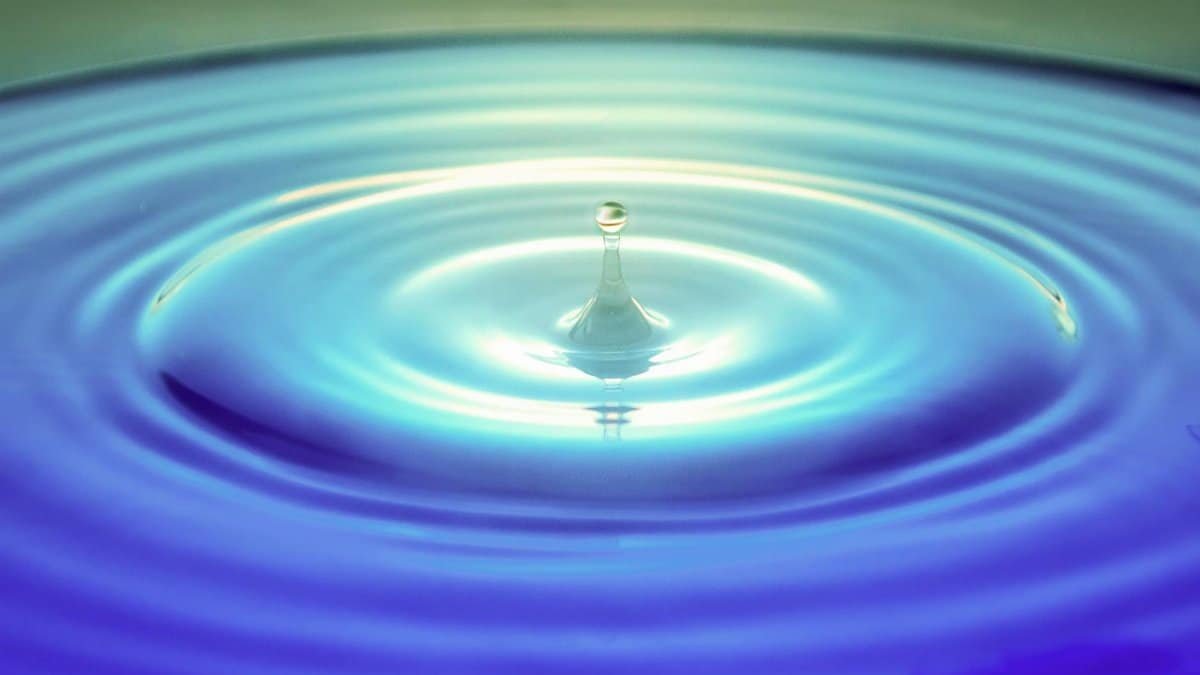
Research links sound therapy to brainwave changes that induce calm. When you listen to specific frequencies, your brain shifts into alpha or theta states, associated with relaxation. A report from the National Institutes of Health highlights how sound can lower blood pressure and anxiety. New Yorkers dealing with subway commutes and deadline pressures are prime candidates. One local clinic reported a 30% uptick in sessions since 2023, as people seek non-invasive stress relief. It’s not magic, but the physiological impact is real and measurable.
Stress Triggers in the Big Apple
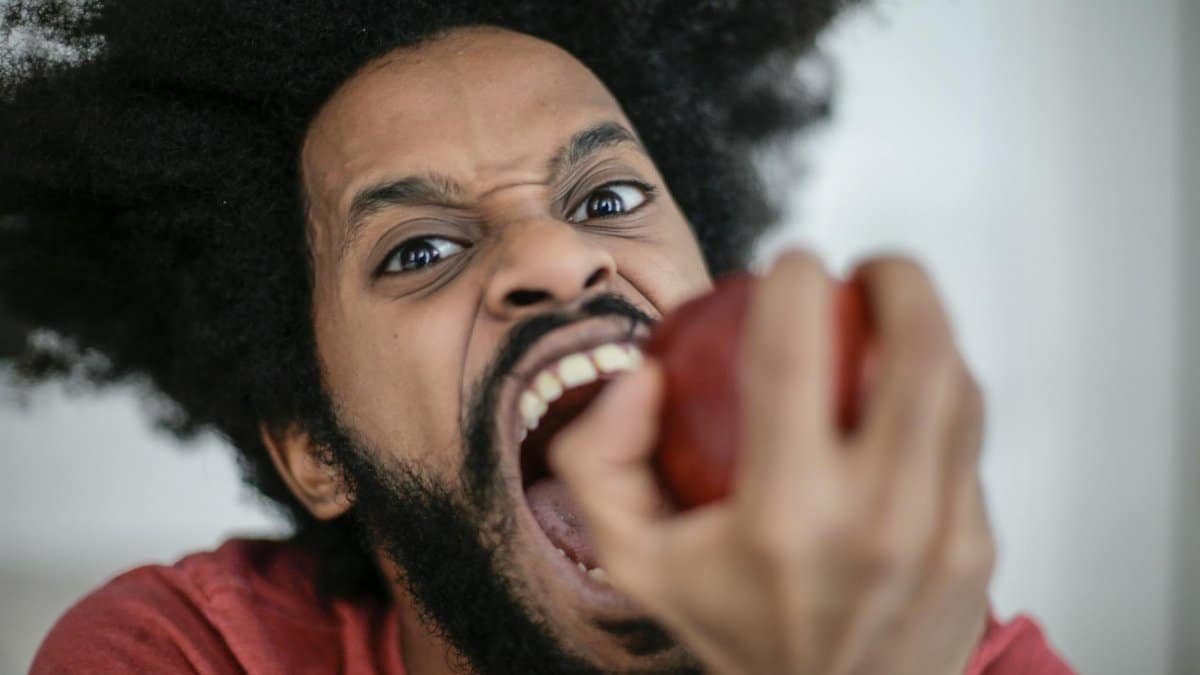
New York’s fast pace amplifies stress, from endless traffic to sky-high rents. Silent triggers like constant notifications and crowded streets build up unnoticed. Sound relaxation healing targets these by creating auditory escapes. Users describe it as a mental reset button. In 2025, with remote work blurring boundaries, more residents are incorporating short sound sessions into their routines. A poll by Gallup showed urban dwellers experience 25% higher stress than suburban counterparts, making tools like this essential for city survival.
How New Yorkers Are Adopting It
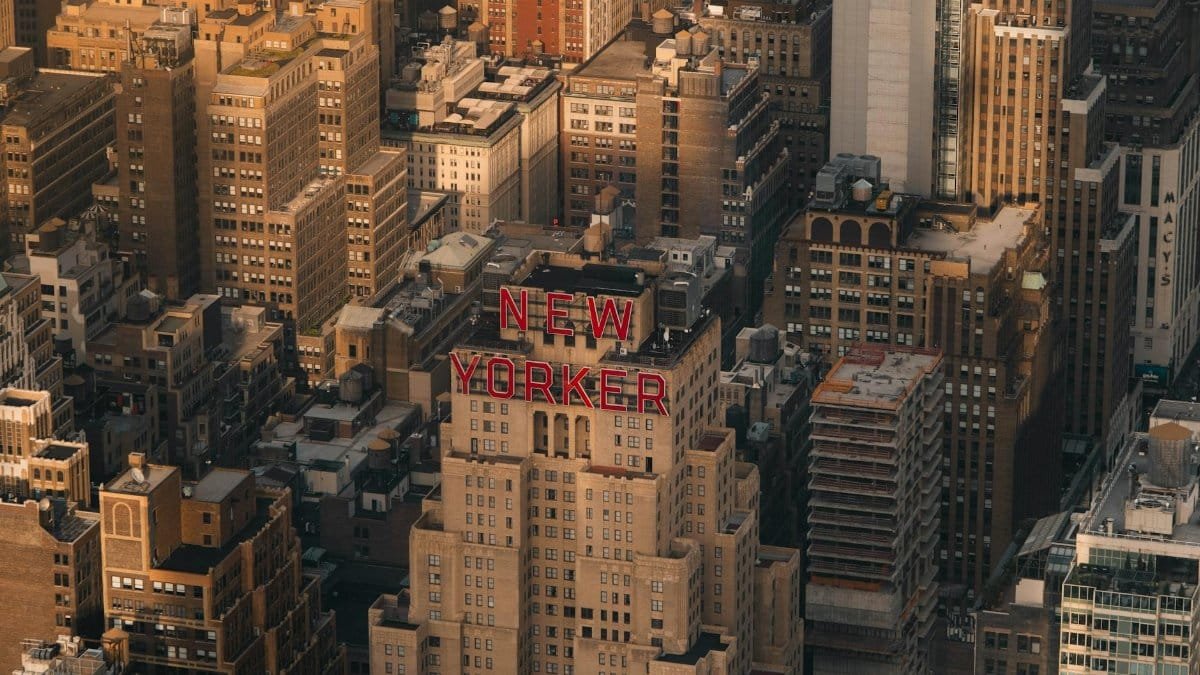
From Brooklyn yoga studios to Manhattan apps, sound relaxation healing is everywhere. Apps like Calm and Insight Timer offer guided sessions tailored for busy schedules. Local sound baths, group events with live instruments, draw crowds weekly. One participant, a finance exec, said it helped him sleep through the night for the first time in years. In a city of 8 million, these practices build community amid isolation. Adoption rates surged post-pandemic, with wellness centers noting doubled attendance.
Benefits Beyond Relaxation

Besides easing stress, sound relaxation healing boosts emotional resilience. Studies indicate improved mood and creativity after regular use. For New Yorkers facing relationship strains from high-pressure lives, it fosters better communication and empathy. A study in the Journal of Evidence-Based Integrative Medicine found participants reported enhanced well-being. It’s also linked to better immune function, crucial in a germ-filled metropolis. Users often pair it with meditation for amplified effects.
Potential Drawbacks and Criticisms
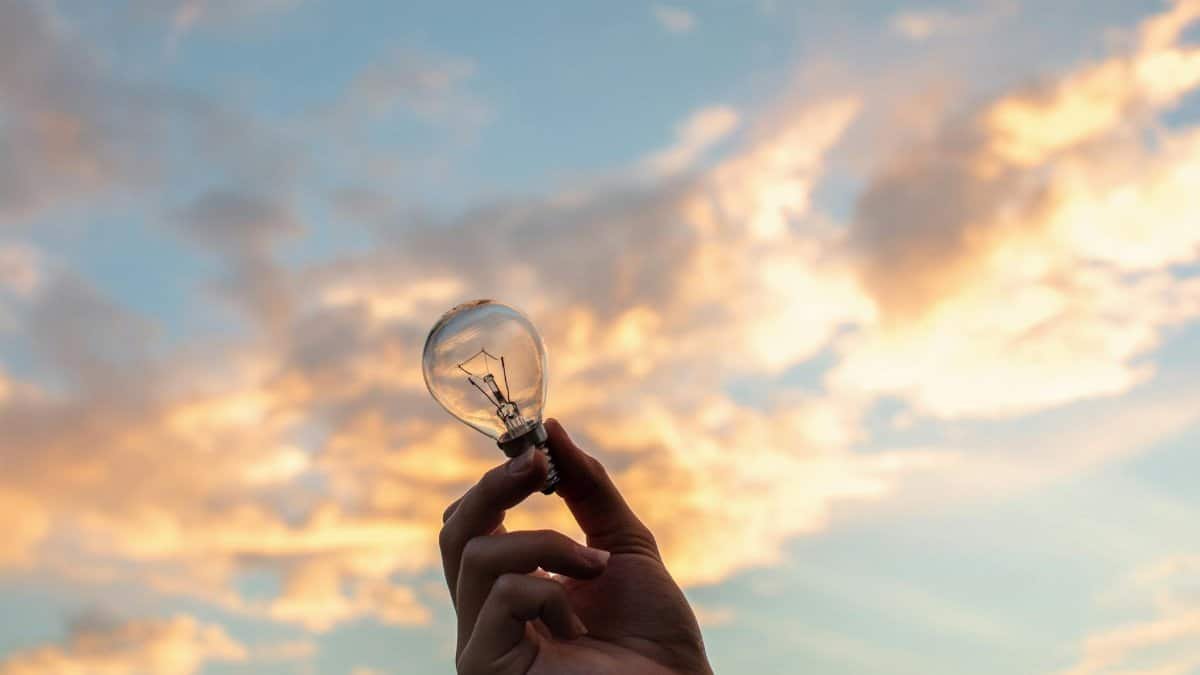
Not everyone buys into sound relaxation healing. Skeptics argue it’s pseudoscience without rigorous trials. Some experience no change, or find the sounds irritating. Accessibility is an issue; sessions can cost $50 or more in New York. Critics point to placebo effects driving perceived benefits. However, proponents counter with emerging research. A review by the American Psychological Association acknowledges potential, but calls for more studies. Users should approach with realistic expectations.
Getting Started in NYC
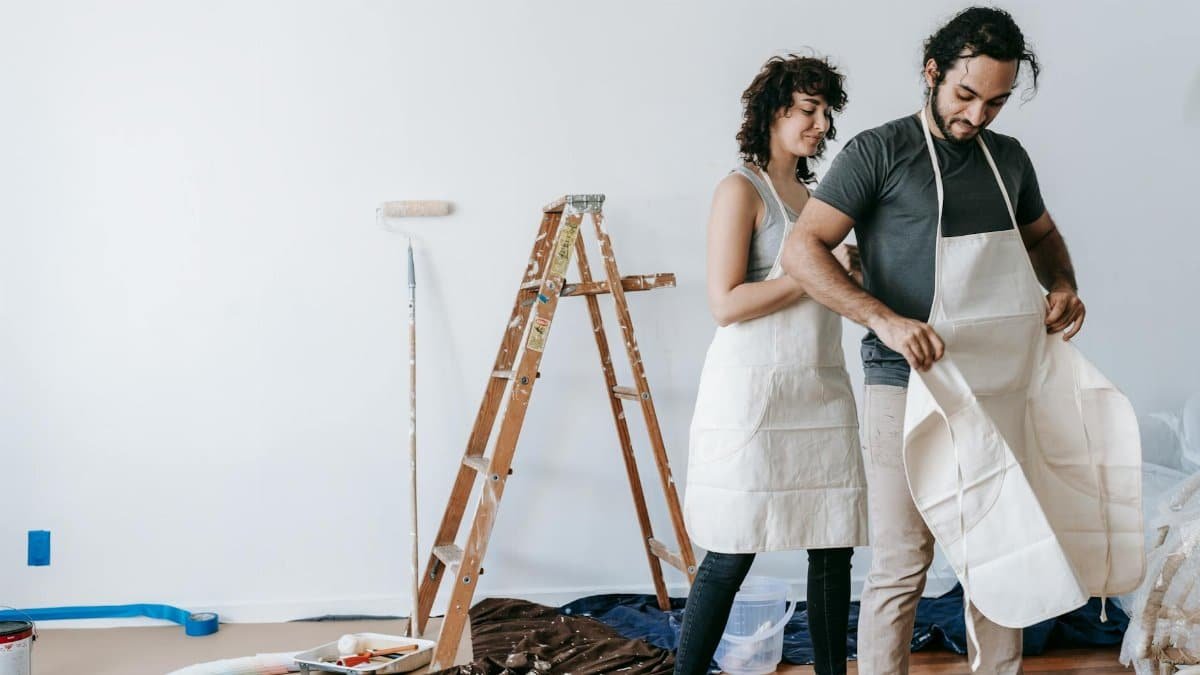
Beginners can start free with YouTube videos or apps. For immersion, check out spots like The Sound Healing Center in Chelsea. Experts recommend 10 to 15 minutes daily. Pair it with breathing exercises for best results. In 2025, virtual reality integrations are emerging, making it even more accessible. New York libraries sometimes host free workshops, democratizing the practice. Track your progress with a journal to see real changes over time.
Expert Opinions on Its Rise
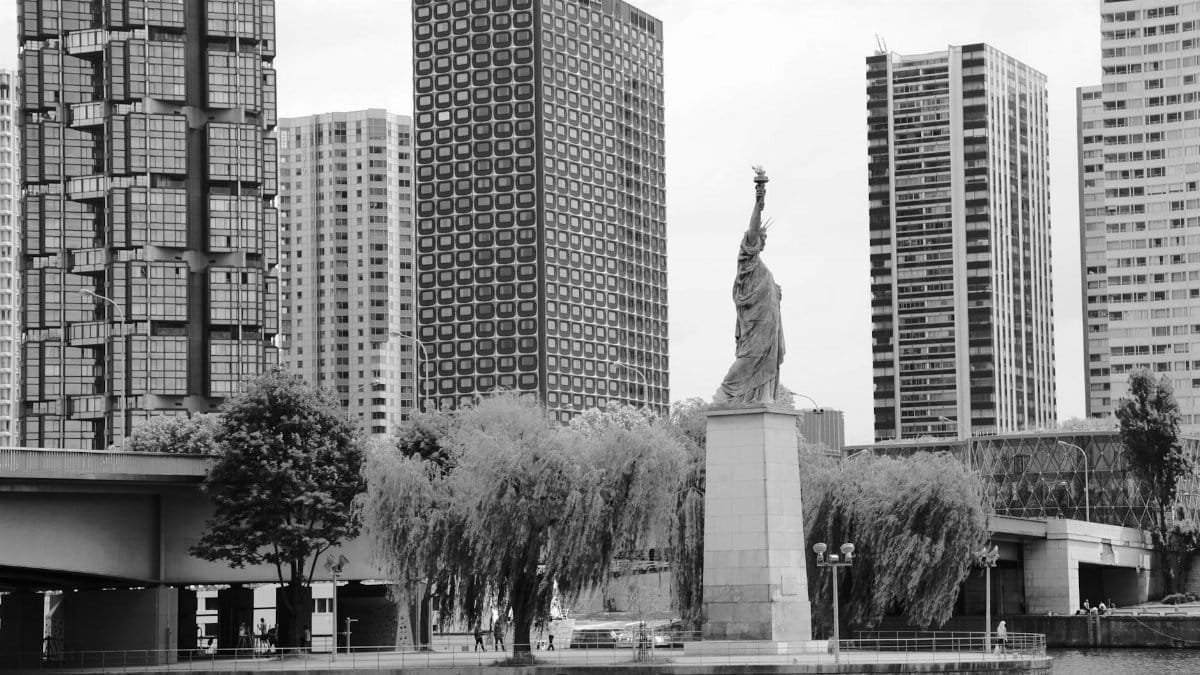
Dr. Elena Rossi, a neurologist at NYU Langone, calls sound relaxation healing a valuable tool in modern wellness. “It taps into ancient practices with contemporary science,” she notes. Wellness influencers on TikTok amplify its popularity among Gen Z New Yorkers. Industry reports predict a 15% growth in sound therapy markets by year’s end. As stress levels climb, experts foresee it becoming mainstream, much like yoga did decades ago.
Real Stories from the Streets
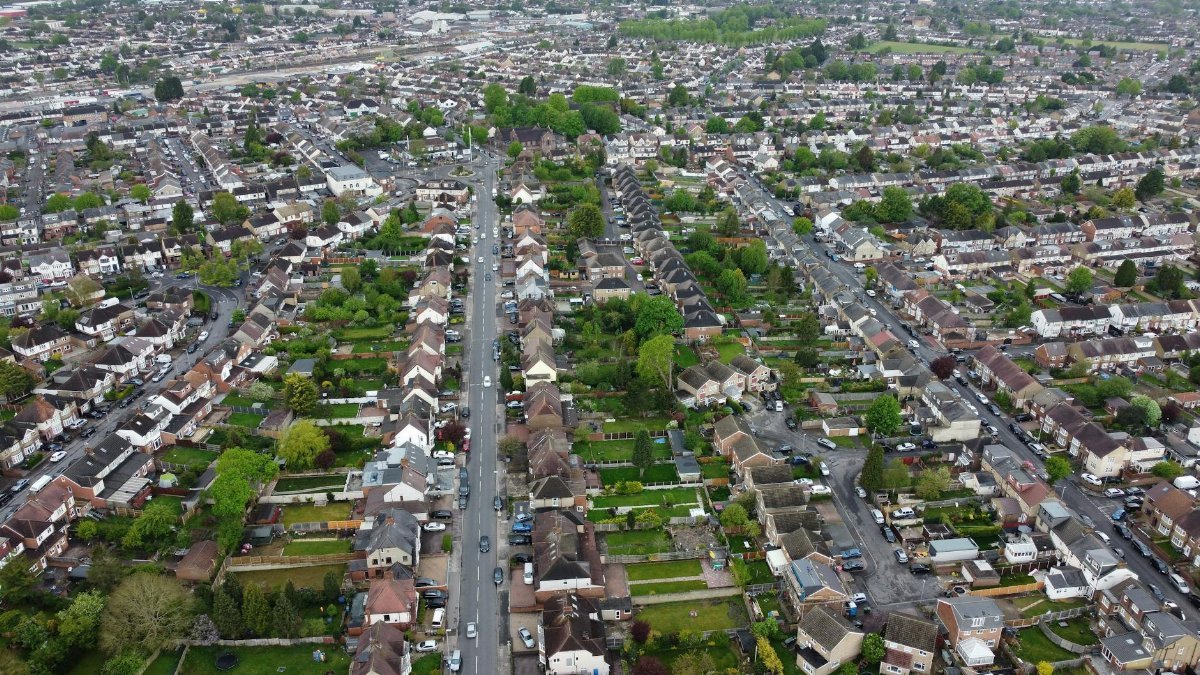
Take Maria Lopez, a teacher in Queens, who credits sound sessions with saving her sanity during remote schooling chaos. “It quiets the mental noise,” she says. Another, tech worker Jake Thompson, uses it to unwind after 12-hour days. These anecdotes reflect broader trends. In a city where burnout is epidemic, such stories highlight practical impacts. Community groups are forming around shared sessions, strengthening social ties.
Future Prospects in Urban Healing
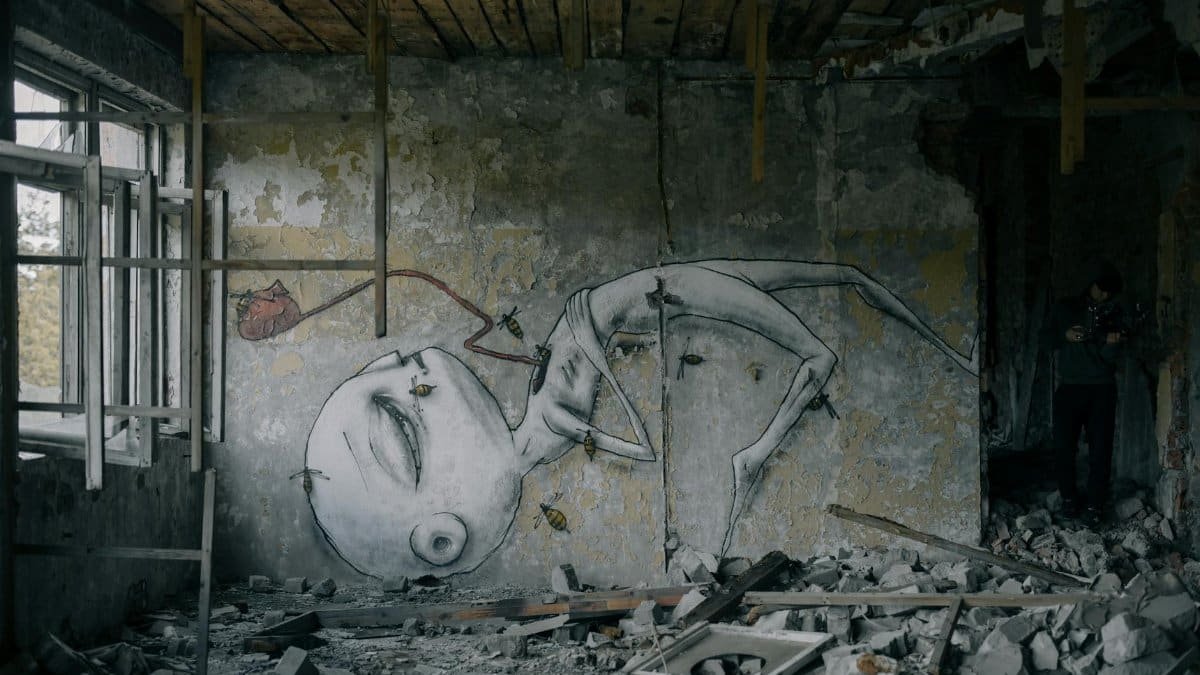
As New York evolves, sound relaxation healing could integrate into public health initiatives. Think corporate wellness programs or subway apps with calming tracks. With mental health awareness peaking in 2025, funding for alternative therapies is rising. Challenges remain, like standardizing practices, but the momentum is strong. For stressed-out residents, it offers a simple path to reclaiming calm amid the chaos.
